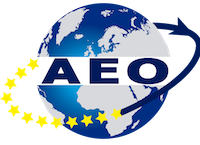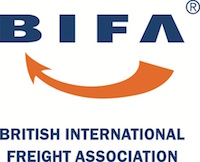
MARKET UPDATE
Europe & International
Q1 2024 Report
Market Summary update
Q1 2024 Report
SNAPSHOT
Road Freight
- Q4 spot rates stood at 123.8, reflecting a decrease of 14.8 points year-on-year. Conversely, Q4 contract rates averaged 129.4, indicating a marginal increase of 1 point compared to Q4 2022.
- Toll price increases contributed to an 8.3-point rise in the index of German domestic rates, highlighting the impact of toll adjustments on overall transportation costs....
Rail Freight
Sea Freight

ROAD FREIGHT GLOBAL MARKET OVERVIEW
ROAd freight summary
- Q4 spot rates stood at 123.8, reflecting a decrease of 14.8 points year-on-year. Conversely, Q4 contract rates averaged 129.4, indicating a marginal increase of 1 point compared to Q4 2022.
- Toll price increases contributed to an 8.3-point rise in the index of German domestic rates, highlighting the impact of toll adjustments on overall transportation costs. The International Road Transport Union (IRU) estimates that the additional cost of German tolls will amount to €6,700 per truck per year, underscoring the financial burden road transport operators bear.
- Low demand is expected to persist, resulting in subdued freight rates as market dynamics continue to adjust.
- The new tolls on top of the high-cost base will keep upward pressure on rates, which is likely to sustain contract rates and limit further falls in spot rate growth.
SEA FREIGHT GLOBAL MARKET OVERVIEW
sea freight summary
RAIL FREIGHT GLOBAL MARKET OVERVIEW
Rail freight summary

Europe
What is the European Union Emissions Trading System?
Sea Freight
Trade Lanes Overview
Oceania
Ongoing challenges persist in Oceania’s shipping sector, impacting operations and logistics. In addition to schedule disruptions and rising freight surcharges, there is a problem with imbalances in container availability. Rates have surged rapidly, driven by increased operational costs associated with longer routes and the implementation of the EU ETS (Emissions Trading System).
The reefer season in New Zealand is expected to be one of the strongest ever in the second quarter. This will lead to limited space for dry cargo, exacerbating schedule disruptions and potentially increasing freight surcharges, such as the Suez Canal Contingency surcharge. Additionally, there may be an increase in port charges impacting suppliers, and equipment imbalances or shortages could further complicate shipping operations.
There are still concerns due to services avoiding the Suez Canal for relay services via Asia from New Zealand, although there have been no changes to the direct service, which transits Panama.
From Australia, direct services have omitted Suez transit since January 1st and recent attacks have intensified, leaving little hope for a return to a regular routine soon.

